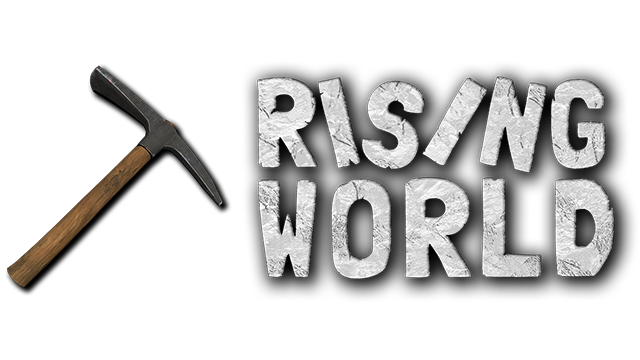This is a unique application of Rising World, those of you who play tabletop RPGs know how difficult it is to buy 3D minis and terrain to create an immersive experience. There are a few 3D virtual tabletops out there but none of them can compare to the voxel building/terraforming of Rising World. The problem with Rising World is that there is a very limited number of 3D mobs that have been implemented, and the GM cannot control them. The 3D virtual tabletops that do exist rarely animate their minis, maybe they support 3D print conversions - but there will always be deficit of 3D art especially animated and portable into a game engine without tremendous work costing time and money
The compromise solution is to use 2D counters and 2.5D pawns, same compromise you end up making on tabletop when you do not have the 3D mini you need, and turns out the digital art for these are a perfect fit for Rising Worlds Poster feature!
Simply use the poster item - upload an image (prefer transparent border formats like PNG) and place/resize it on the floor for a 2D counter and play a life size checkers board. For a 2.5D standup pawn simply rotate up of the floor on X axis and now you can play a life size chess board. Unlike 3D sprite games they will not face rotate - so the workaround is stamp down another copy rotated 90deg in Y
The mitflit on the right is looking at me that way - but you see double ears and double sword because of the double pawn at some angles, but most angles it appears they are face turning. I also made them too big that creature is half that size but I wanted to see how well the art scales. For scaling just turn on the game grid or use a grid aligned texture and eyeball it or calculate the as 5' per 3 grids, with 20" grids, 0.1 grids is 2". I presume for low bandwidth online play you would want low rez compressed images, not sure how well the game works for poster display to all players - though it presume it works just like any other texture?
It really increases immersion when you can see the scale of caverns vs. what the flat map would show - I have had real fun building a megadungeon - then started wondering could this actually be used as a play setting? Now when you see a dragon as tall as a castle - you might want to run away!
https://images.steamuserconten…%23000000&letterbox=false
Of course you fight with dice and math same as you would on tabletop, so have your dice and character sheet handy. And just like the real world the GM has to fly around and pick up the pawns and place them back down again if they move. I did not try other images yet - so I do not know if poster inventory is uniqued or is it just a placeholder selecting the last image used unless another is selected.
I personally get my pawn art from Paizo (they have a decades old back catalog for monster manuals and adventures) - while they have .PDF/.JPG there they also sell higher rez better compressed .WEBP with Foundry VTT (and presumably other VTT). I used GIMP to convert .WEBP to .PNG. But there are many other resources for art.

